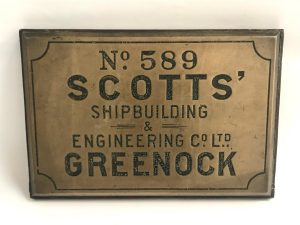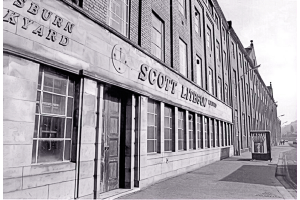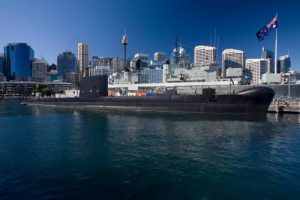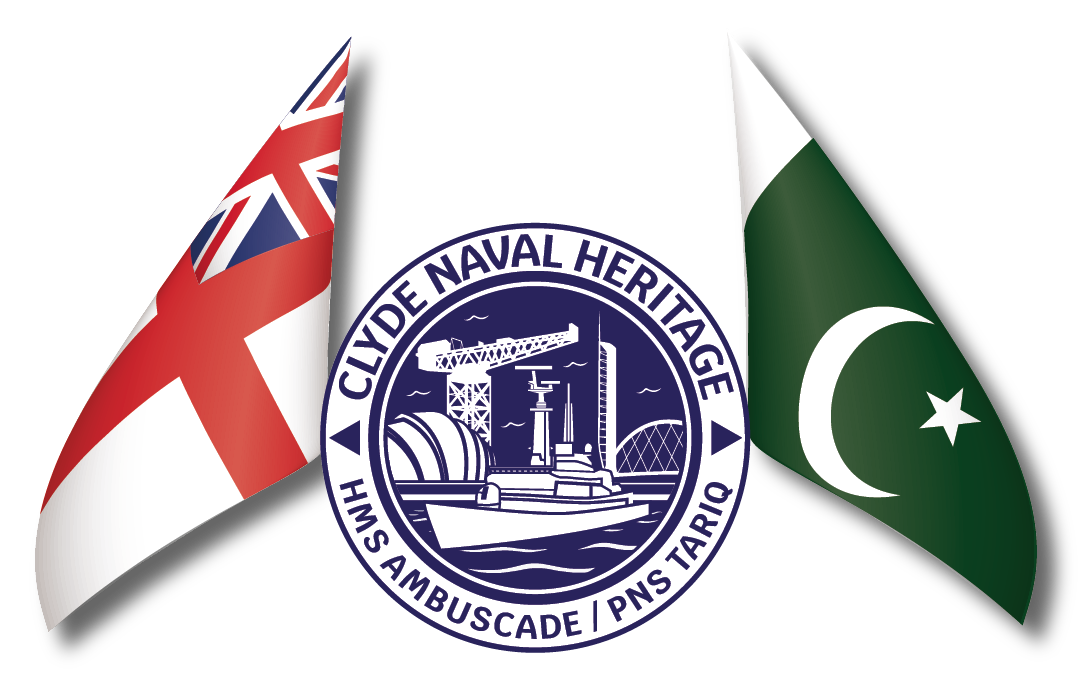Scotts Shipbuilding and Engineering Company was one of Scotland’s oldest and most renowned shipbuilders, based in Greenock, on the River Clyde. The company had a rich history that spanned almost three centuries, playing a pivotal role in the evolution of British and global shipbuilding.

Early Beginnings (1711–1820)
The history of Scotts Shipbuilding traces back to 1711, making it one of the oldest continuous shipbuilding operations in the world. Founded by John Scott, a timber merchant, the company initially operated as a small family business involved in shipbuilding and timber trade.
Greenock, located on the River Clyde, was a significant maritime hub by the early 18th century. The Clydeside region was becoming a prominent shipbuilding centre, and Scotts capitalized on this geographical advantage. The early decades of the company were primarily focused on the construction of small wooden sailing vessels for local trade, fishing, and cargo transport.
Expansion and Industrialization (1820–1850)
By the early 19th century, as industrialization spread across the UK, Scotts Shipbuilding embraced new technologies. Under the leadership of John Scott’s descendants, particularly his grandson Charles Cuningham Scott, the company began expanding its capabilities. The Industrial Revolution brought significant changes to shipbuilding, including the introduction of steam propulsion and iron-hulled ships, which Scotts Shipbuilding quickly adapted to.
This period saw the construction of the company’s first steamship in 1825. The ship was powered by paddle wheels, a revolutionary design at the time, and marked Scotts’ entrance into the modern era of shipbuilding. The firm’s reputation grew steadily as it began to build more advanced ships, including early steam-powered vessels for the British Admiralty.

Mid-19th Century Growth (1850–1900)
The mid-to-late 19th century was a transformative period for Scotts. During this era, the company fully embraced the use of iron and later steel in shipbuilding, drastically improving the durability and capabilities of the vessels it produced. The 1850s to 1900s were characterized by significant growth, with the shipyard constructing increasingly large and complex vessels.
In 1861, Scotts made a historic decision to acquire a controlling interest in the nearby Caird & Company shipyard. This acquisition allowed Scotts to dominate shipbuilding in Greenock and gave them access to Caird’s technological innovations. During this time, they also began constructing ships for the British Royal Navy, further cementing their role as a prominent shipbuilder.
Key projects during this period included the construction of ironclads, which were warships with iron armour plating that became central to the Royal Navy’s fleet. Scotts developed expertise in producing both merchant ships and warships, meeting the growing demands of the British Empire during the height of its naval power.

Early 20th Century and World War I (1900–1918)
At the turn of the 20th century, Scotts was among the top shipbuilders in the UK. The early 1900s saw the company building larger ocean liners, merchant ships, and a range of naval vessels. In 1900, Scotts Shipbuilding became a limited company, with a formal incorporation under the name Scotts Shipbuilding and Engineering Company Ltd.
With the outbreak of World War I in 1914, demand for warships surged, and Scotts Shipbuilding shifted much of its focus to naval production. During the war, the shipyard played a crucial role in producing destroyers, cruisers, and submarines for the British Admiralty. The shipyard’s workforce expanded significantly during this time to meet the wartime demands, and the company gained a reputation for the reliable and quick construction of military vessels.

Interwar Period and World War II (1919–1945)
After World War I, the demand for naval vessels declined, leading to a period of economic difficulty for many shipbuilders, including Scotts. However, the company diversified its production to include more merchant ships, tankers, and freighters to maintain operations during the interwar years.
In 1934, Scotts took over Ross & Marshall, another shipbuilding firm, further expanding its operations. The Great Depression of the 1930s hit the shipbuilding industry hard, but Scotts managed to survive by adapting to the changing market. It played a key role in developing ships for commercial and industrial purposes during this period.
The outbreak of World War II in 1939 once again revived the company’s military production capabilities. Scotts Shipbuilding was heavily involved in producing ships for the Royal Navy, including frigates, corvettes, and submarines. The company’s role during the war was critical to Britain’s war effort, and the shipyard operated at full capacity during these years.

Post-War Era and the Decline (1945–1980s)
The post-war period saw a significant decline in shipbuilding across the UK as global competition, particularly from Japan, began to erode the dominance of British shipyards. In the 1950s and 1960s, Scotts Shipbuilding sought to modernize its facilities and adapt to the new realities of the shipping industry. The shipyard produced a variety of vessels during this period, including oil tankers, bulk carriers, and naval ships, but struggled to compete with the low-cost shipbuilders from East Asia.
In the 1960s, the British government began to intervene in the shipbuilding industry to prevent mass closures, leading to a series of mergers and nationalizations. In 1967, Scotts became part of Scott Lithgow Ltd, a conglomerate formed by the merger of Scotts Shipbuilding and Lithgows, another prominent Greenock shipyard. This merger aimed to consolidate resources and expertise, but it did not solve the underlying problems of declining orders and rising costs.
Despite these efforts, the British shipbuilding industry continued to decline, and by the 1970s, Scotts was facing severe financial difficulties. In 1977, the company was nationalized as part of the British Shipbuilders Corporation, a move intended to keep shipyards afloat. However, the nationalization was not enough to reverse the fortunes of Scotts or the broader industry.
Closure and Legacy (1980s–Present)
By the early 1980s, it became clear that the shipbuilding industry in the UK was in a terminal decline. Many of the country’s historic shipyards, including Scotts, were no longer able to compete globally. The company’s shipyard in Greenock closed in 1984, marking the end of over 270 years of shipbuilding history.
Despite its closure, the legacy of Scotts Shipbuilding remains significant. The company contributed to the evolution of ship design and construction techniques, and its vessels played important roles in both world wars, as well as in the expansion of global trade during the 19th and early 20th centuries.
Today, the former Scotts Shipyard site has been redeveloped, but the memory of its contribution to British maritime history is preserved in local heritage. The company’s impact on Greenock and the broader shipbuilding industry in Scotland remains an important part of the region’s industrial history.

